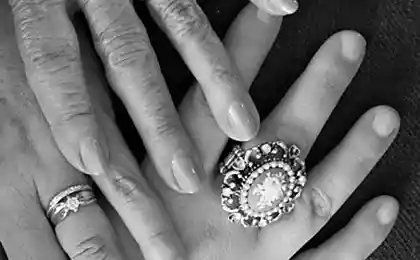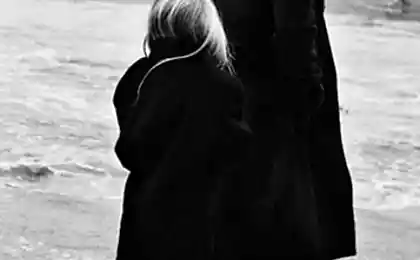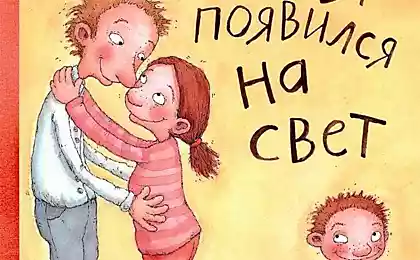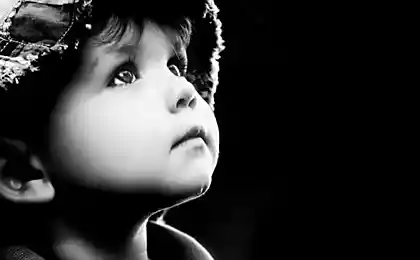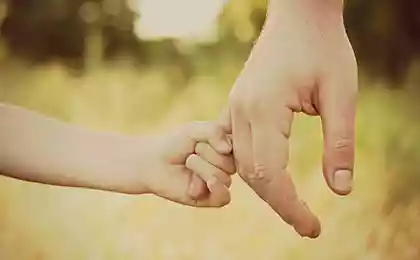197
Where do infantile adults come from?
Age boundaries between children and adults are variable: those who were a mature warrior in the Middle Ages are still in high school.
Abstracts from the lecture of the academic head of the master’s program “System Family Psychotherapy” of HSE Anna VargaHow childhood is shaped in society and why it does not end for everyone.
Small adults
In order for people to have some general idea of childhood, they must agree on who is considered an adult and who is a child.Childhood in a broad social sense is a social contract.Therefore, in the history of mankind, it has disappeared and appeared.

In the Middle Ages, childhood ended at seven, because by this age the child had fully mastered speech, which was the basis of social and cultural interaction: all communication was oral. The child was treated as a small adult; he participated in all areas of adulthood and even dressed as an adult.
For example, in the painting of that time, the little princess is depicted as a real lady in crinoline. In medieval icons, Jesus looks like a grown man, but only a small one. The baby would have clinged to the mother, because it is his instinctive communication with the adult, but the paintings then depicted not the child, because in the public consciousness there was no idea of social childhood.
Book secrets.
Communication technology broke down when printing was invented. In communication, the first barrier arose, which became a prerequisite for the emergence of childhood. Then knowledge began to spread among the population, especially among men. To become a man, the boy had to be literate. So the gap in knowledge led to the fact that adulthood now had to be earned.
Women, by the way, were also illiterate, which means that in the public consciousness they were equated with children, which was considered a female virtue. What now seems to us exceptional stupidity was then a great advantage and was called innocence.
In the Middle Ages, adults had no secrets from a child: they could be present at drunkenness, sex, fighting or murder. But gradually the idea arose that the realities of adult life of a child should be prepared, opened gradually, taught. With the development of ideas about childhood, the science of children appeared - pediatrics, pedagogy.
The Computer Middle Ages
Communication technology began to change again when television and computer appeared, which did not require special skills and skills: you do not need to specially learn to understand moving pictures. Thus, The barrier between childhood and adulthood is disappearing again..
The type of culture is changing. Conservative societies are predominantly retroactiveWhen people live according to the precepts of their ancestors, respect the elderly and listen to the elders. I mean, The essential knowledge necessary for life is laid down in such a society in the past..
Now the type of culture has changed toproactive: The main knowledge is in the younger generation, not in the older generation.. A grandmother who asks her grandson to show her how to use email is a common story. Children watch TV and can find anything online. A child of three or four years does not read yet; he may not speak well, but can easily find his cartoons on a tablet.
It turns out that the situation of the Middle Ages is reproduced at a new technological and communication level. Childhood disappears when communication barrier disappears.
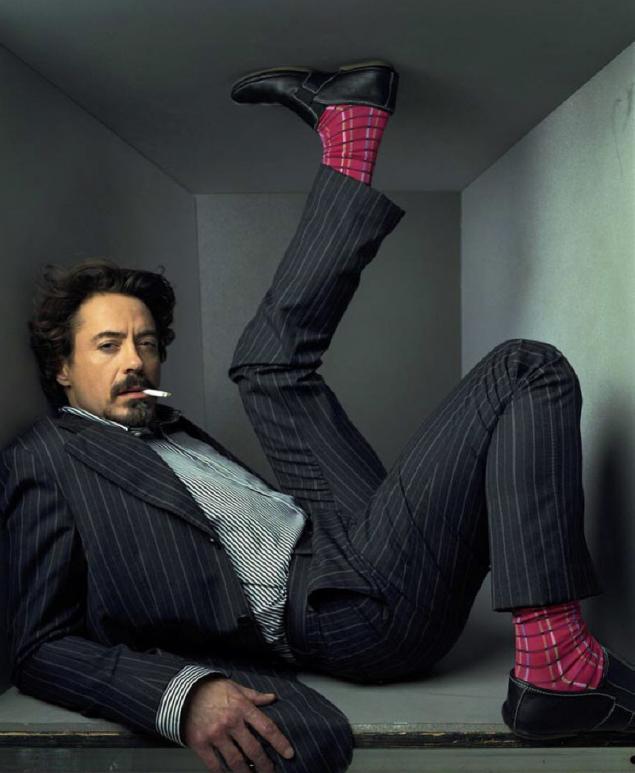
Adult children
But once childhood disappears, adulthood disappears. They come. infantile adults - squids("adult children", short for "child" and "adult"). They create families where they communicate without hierarchy. In the past, a child obeyed an adult simply because it was an adult, and there were rules in the family that children obeyed. Now it's not. Not because children have changed, but because adults are now unsure of their right to impose rules on children.
This is why there is a strange and painful idea about the friendship of children and parents. The child finds himself in a double trap: he cannot take care of himself, while being the main one within the family. He is given the best piece, and in response to a request he may refuse. Parents at this time suffer from feelings of guilt: "We can't go on vacation together - the children will be offended."
The child is placed on the top of the family hierarchy, which makes him in a neurotic state, because he is not yet able to decide what he is offered and allowed to decide. On the contrary, it is necessary to limit and create a situation of greater certainty. Kidalt children often grow up to be perfectionist freaks, obsessed with control, because from an early age they think they can influence all decisions in the family.
Also interesting: the syndrome of delayed maturation - infected becomes more and more
Here we are in our time, or growing up in a state of off.
We are now seeing a cult of youth being created. A lot of money is spent on the development of technologies that allow a person not to age as long as possible. Women began to give birth much later, already on the threshold of fertility. Marriages occur in which people are convinced that they do not need to have children. In such families there is a lot of play, a lot of entertainment, a lot of rest.
We can't figure out where that leads. We're inside this process and we don't see the full picture. It remains to be seen how communication technologies are changing, which we have seen form the social contract.
published
Source: theoryandpractice.ru/posts/14565-ty-kidalt-kogda-zakanchivaetsya-detstvo-ili-otkuda-berutsya-infantilnye-vzroslye
Abstracts from the lecture of the academic head of the master’s program “System Family Psychotherapy” of HSE Anna VargaHow childhood is shaped in society and why it does not end for everyone.
Small adults
In order for people to have some general idea of childhood, they must agree on who is considered an adult and who is a child.Childhood in a broad social sense is a social contract.Therefore, in the history of mankind, it has disappeared and appeared.

In the Middle Ages, childhood ended at seven, because by this age the child had fully mastered speech, which was the basis of social and cultural interaction: all communication was oral. The child was treated as a small adult; he participated in all areas of adulthood and even dressed as an adult.
For example, in the painting of that time, the little princess is depicted as a real lady in crinoline. In medieval icons, Jesus looks like a grown man, but only a small one. The baby would have clinged to the mother, because it is his instinctive communication with the adult, but the paintings then depicted not the child, because in the public consciousness there was no idea of social childhood.
Book secrets.
Communication technology broke down when printing was invented. In communication, the first barrier arose, which became a prerequisite for the emergence of childhood. Then knowledge began to spread among the population, especially among men. To become a man, the boy had to be literate. So the gap in knowledge led to the fact that adulthood now had to be earned.
Women, by the way, were also illiterate, which means that in the public consciousness they were equated with children, which was considered a female virtue. What now seems to us exceptional stupidity was then a great advantage and was called innocence.
In the Middle Ages, adults had no secrets from a child: they could be present at drunkenness, sex, fighting or murder. But gradually the idea arose that the realities of adult life of a child should be prepared, opened gradually, taught. With the development of ideas about childhood, the science of children appeared - pediatrics, pedagogy.
The Computer Middle Ages
Communication technology began to change again when television and computer appeared, which did not require special skills and skills: you do not need to specially learn to understand moving pictures. Thus, The barrier between childhood and adulthood is disappearing again..
The type of culture is changing. Conservative societies are predominantly retroactiveWhen people live according to the precepts of their ancestors, respect the elderly and listen to the elders. I mean, The essential knowledge necessary for life is laid down in such a society in the past..
Now the type of culture has changed toproactive: The main knowledge is in the younger generation, not in the older generation.. A grandmother who asks her grandson to show her how to use email is a common story. Children watch TV and can find anything online. A child of three or four years does not read yet; he may not speak well, but can easily find his cartoons on a tablet.
It turns out that the situation of the Middle Ages is reproduced at a new technological and communication level. Childhood disappears when communication barrier disappears.

Adult children
But once childhood disappears, adulthood disappears. They come. infantile adults - squids("adult children", short for "child" and "adult"). They create families where they communicate without hierarchy. In the past, a child obeyed an adult simply because it was an adult, and there were rules in the family that children obeyed. Now it's not. Not because children have changed, but because adults are now unsure of their right to impose rules on children.
This is why there is a strange and painful idea about the friendship of children and parents. The child finds himself in a double trap: he cannot take care of himself, while being the main one within the family. He is given the best piece, and in response to a request he may refuse. Parents at this time suffer from feelings of guilt: "We can't go on vacation together - the children will be offended."
The child is placed on the top of the family hierarchy, which makes him in a neurotic state, because he is not yet able to decide what he is offered and allowed to decide. On the contrary, it is necessary to limit and create a situation of greater certainty. Kidalt children often grow up to be perfectionist freaks, obsessed with control, because from an early age they think they can influence all decisions in the family.
Also interesting: the syndrome of delayed maturation - infected becomes more and more
Here we are in our time, or growing up in a state of off.
We are now seeing a cult of youth being created. A lot of money is spent on the development of technologies that allow a person not to age as long as possible. Women began to give birth much later, already on the threshold of fertility. Marriages occur in which people are convinced that they do not need to have children. In such families there is a lot of play, a lot of entertainment, a lot of rest.
We can't figure out where that leads. We're inside this process and we don't see the full picture. It remains to be seen how communication technologies are changing, which we have seen form the social contract.
published
Source: theoryandpractice.ru/posts/14565-ty-kidalt-kogda-zakanchivaetsya-detstvo-ili-otkuda-berutsya-infantilnye-vzroslye



